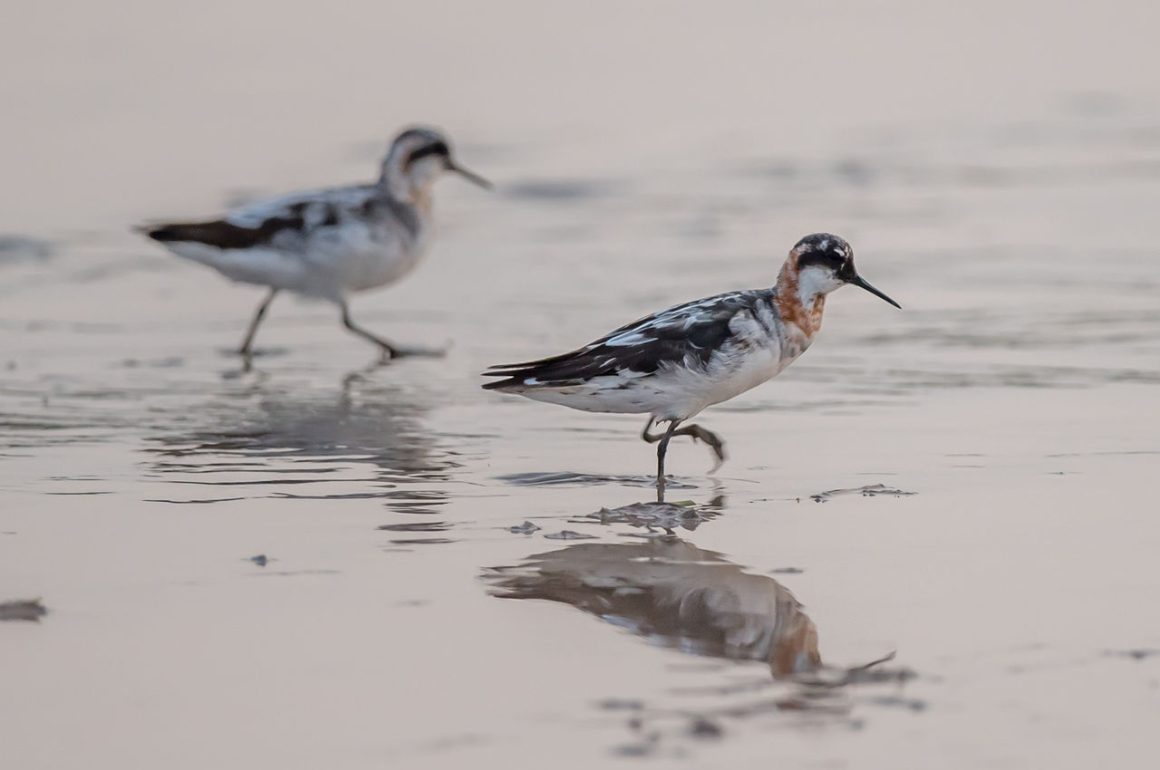
This is a more interesting question than it may first seem. For most birds, molting into new feathers is the typical case. These birds replace their old feathers with new and usually more colorful ones that are better at attracting mates (think of dressing up before going for a night out). Usually, this change happens shortly before the breeding season.
Red-necked Phalarope, non-breeding plumage (cover photo shows breeding plumage)

However, there is also the case of a color change of existing feathers. One way this can occur is via the wearing away of feather tips – the sparkling colors of the European Starling develop this way. This is a gradual process reaching its peak in time for the breeding season.
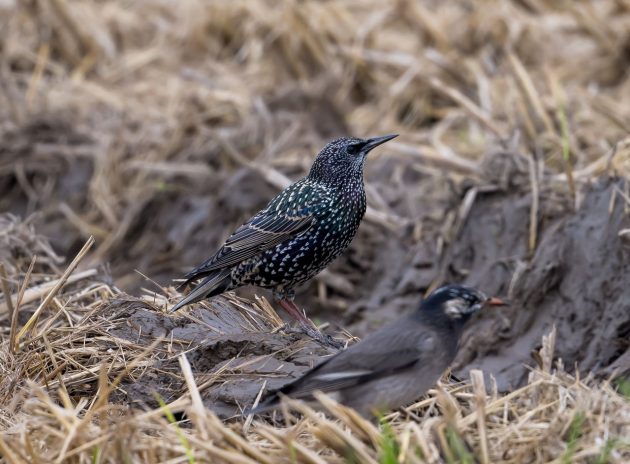
There even is an example of deliberate staining of feathers in time for the breeding season. Bearded Vultures have naturally pale or whitish body feathers, but during the breeding season, they intentionally bathe in iron-rich mud or water, which stains their plumage a deep rusty orange or reddish color. This behavior probably plays a role in mate attraction, as more intensely colored individuals tend to be higher-ranking.
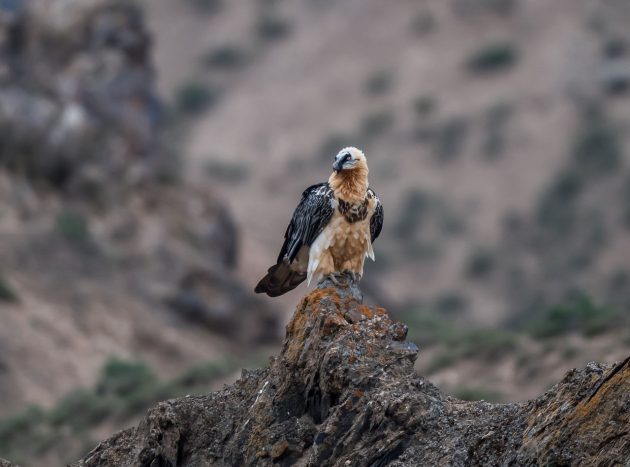
You may also read that hormonal changes can lead to color changes in existing feathers – but that is incorrect. Feathers are dead structures and thus cannot change color through hormonal activity alone.
So, while most breeding plumage is adopted via the replacement of feathers, other pathways for changing the feather colors exist.




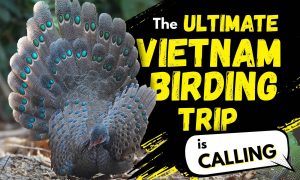


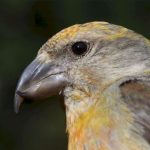


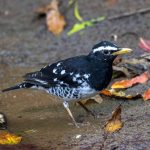
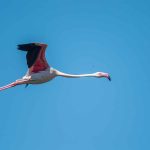
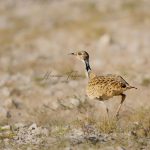
I saw a pink Lesser Black-backed Gull the other day – no idea where that bird had been bathing. I dismissed food as a potential source of the pinkness as it was all over pink but could this be a gull going flamingo?